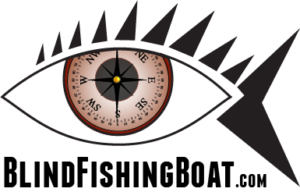Voyager Provincial park Trials on the Ottawa River
In June we camped for four days at Voyager Provincial park on the Ottawa River near Hoxburry. The field trials were intended to test the Porta-bote and Minn Kota in waters with extensive weed growth. I wanted to test the Boat’s handling in weedy water, and to determine if the motor had the capability of operating in such water and for how long.
The Minn Kota came with a Weedless Wedge One propeller and I wanted to determine if it would truly allow me to drive the boat through weeds without stopping and under what conditions (e.g. wind speed, waves, different types of weeds,etc.). Operating in weeds was a big concern for me as they represent an obstacle that can’t necessarily be detected with the bow-mounted top-water sonar. My concern rested with the Boat’s ability to manouver into and out of weed beds.
I was provided with a 12V combination crank / deep cycle battery from the Chandlery. This battery has performed well for me and has never let me down even after a full day’s use. I purchased a variable rate battery charger from Canadian tire, and I was careful to make sure the battery was fully charged prior to each days trials. After six hours of pushing through weeds with the Minn Kota, the battery indicator on the Minn Kota showed that the battery was in need of a charge.
I determined that while the trolling motor has the power to push through heavy weeds of all types, a load is placed on the motor which is made apparent by the motor’s slowing down. Also, the motor doesn’t necessarily speed back up again when one re-entres open water due to a build up of weeds forming on the lower unit of the motor ahead of the propeller. This means one can not depend on the sound the motor makes for feedback on what the water conditions one is driving through in terms of weed growth. It also meant I had to stop the motor and tilt it up every time the motor seemed to be slowing down to clear the unit of weeds. Stopping meant the boat would drift and my course heading would be lost and need d to be re-established with the talking compasss prior to heading off and re-establishing the GPs course heading. (The GPS system requires that the boat be moving for a period of time before an actual GPS course heading can be confirmed by the GPS unit.)
I also tested the boat in various wind conditions, and even with up to three adults in the boat, the Porta-bote handled fine. This was also the case with tests to the Boat’s ability to support heavy shifting loads, and it’s ability to handle large wakes generated by other boats.
